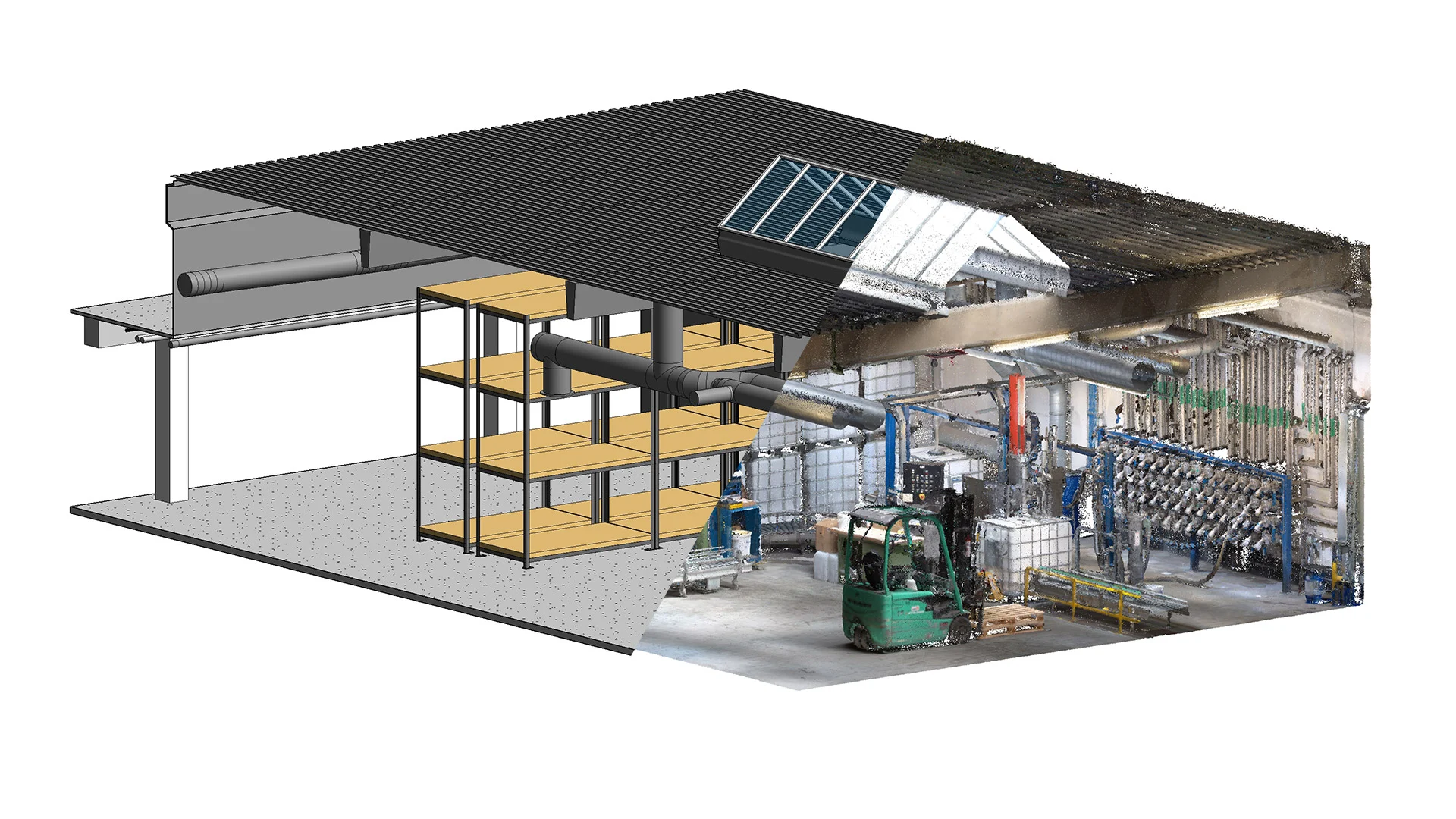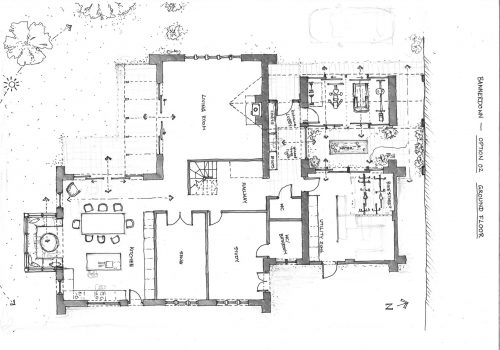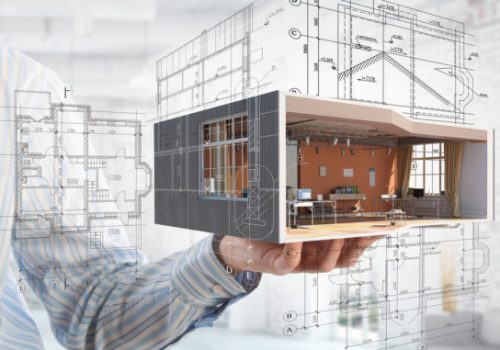In the realm of modern construction, the Scan to BIM process has emerged as a powerful tool for contractors seeking to enhance accuracy and efficiency. By utilizing 3D laser scanning technology, construction partners can capture real-world conditions on building sites with unparalleled precision and speed. This process involves gathering data through a 3D scanner, importing it into a 3D modeling environment, and creating as-built models to inform designs based on actual site conditions. Let’s delve deeper into how Scan to BIM works and the advantages it offers to construction projects.
How to Scan BIM Works:
The Scan to BIM process begins with the use of a 3D laser scanner, mounted on a tripod, which captures millions of XYZ coordinates (points) by directing laser beams at various surfaces and materials. This collection of points is known as a “point cloud.” Additionally, the scanner can capture color images, which, when applied to the scan, produce a realistic 3D representation. The more points collected, the higher the accuracy of the scan, a metric referred to as “scan resolution.”
Why Contractors Use 3D Laser Scanning:
Contractors rely on 3D laser scanning to acquire up-to-date and accurate data from construction sites. This data proves invaluable throughout different stages of a project, from verification of as-built models to monitoring progress and obtaining missing design information. It is common for contractors to deliver a point cloud as a final project deliverable to document the site after construction. The Scan to BIM process allows the creation of highly accurate three-dimensional digital representations of buildings and structures in significantly less time, boosting overall project efficiency.

Advantages of Scan to BIM:
Eliminating Human Error: By replacing traditional as-built documentation methods with Scan to BIM, the chances of human error are drastically reduced, ensuring higher precision in construction projects.
- Time-Efficient Data Collection: The quick data collection process through 3D laser scanning accelerates project completion, enabling construction teams to work more efficiently.
- Fast Information Sharing: The Scan to BIM process facilitates rapid sharing of information among project stakeholders, fostering seamless collaboration and decision-making.
- Minimized Site Visits: With comprehensive data captured in a single scan, teams can reduce the number of on-site visits, optimizing resource allocation and saving time and costs.
Conclusion:
In conclusion, the Scan to BIM process revolutionizes the construction industry by harnessing the capabilities of 3D laser scanning. Contractors benefit from accurate and up-to-date data, leading to enhanced project efficiency and reduced human errors. With the ability to create realistic digital representations in a short span, Scan to BIM offers tremendous advantages for construction projects, allowing stakeholders to make informed decisions and collaborate effectively. As technology continues to advance, the Scan to BIM process is expected to play an increasingly vital role in the construction industry’s future.






